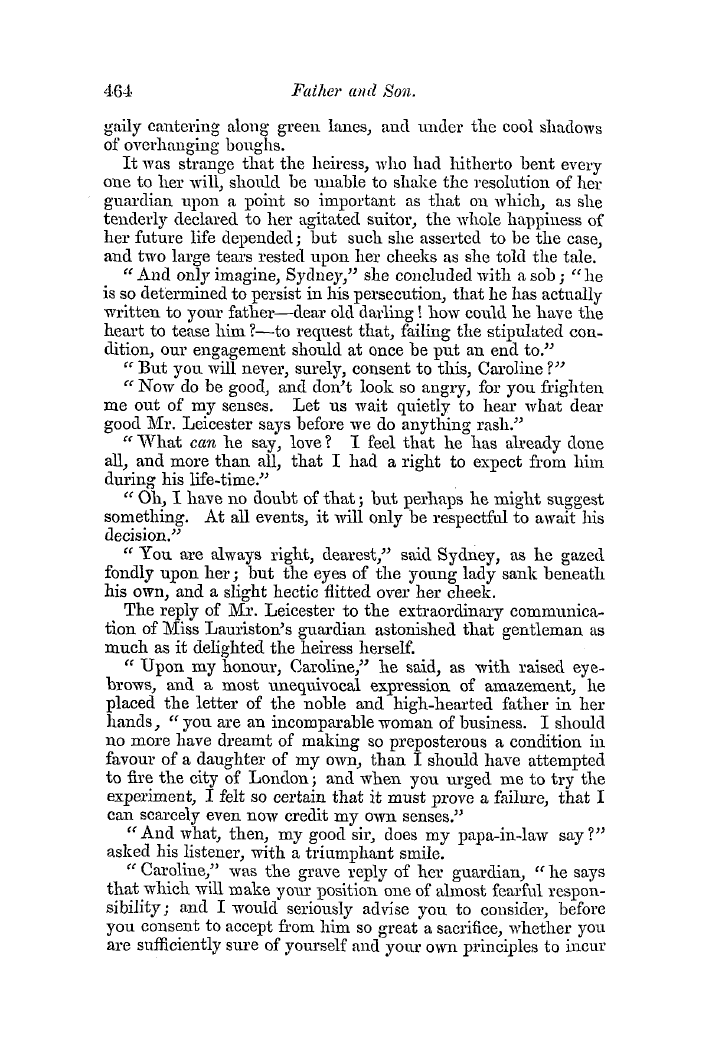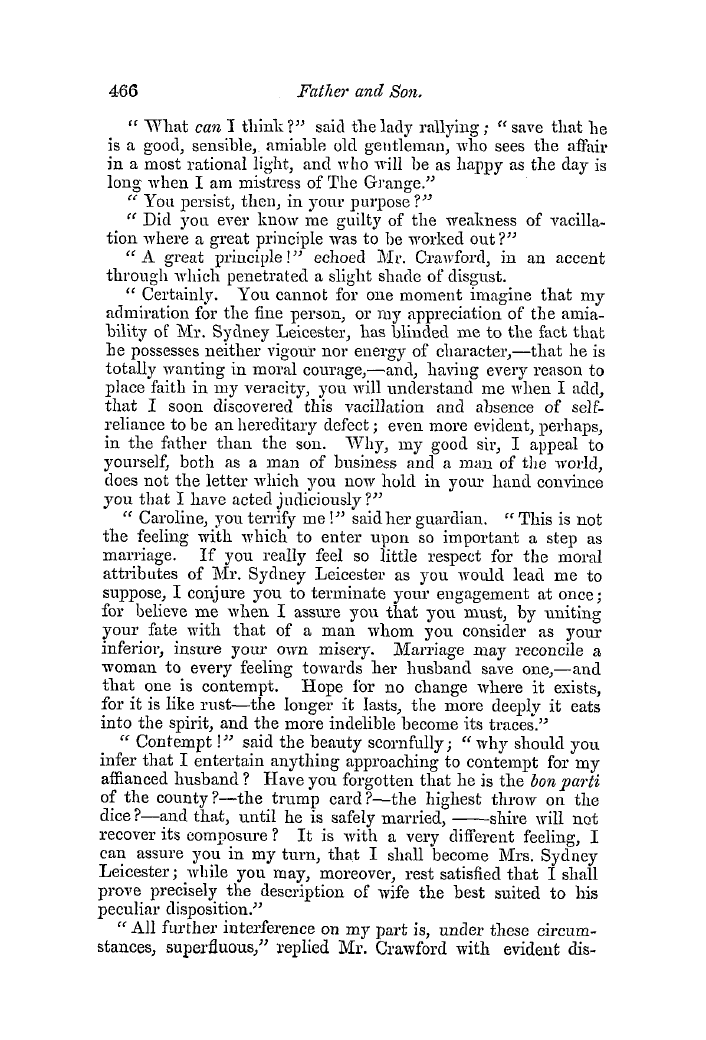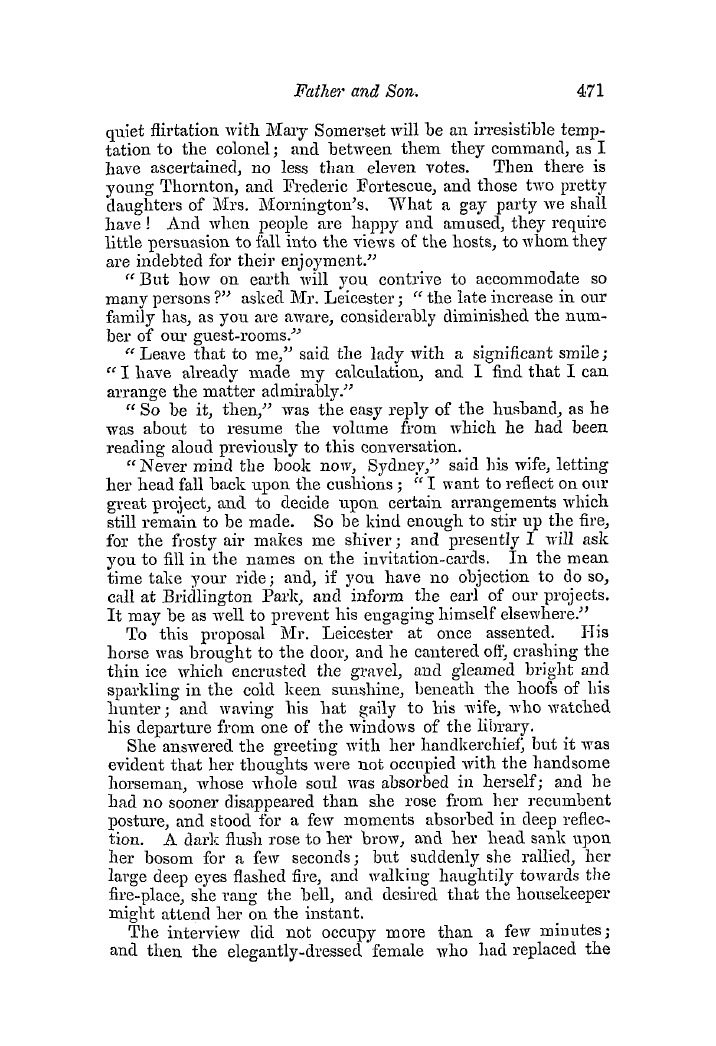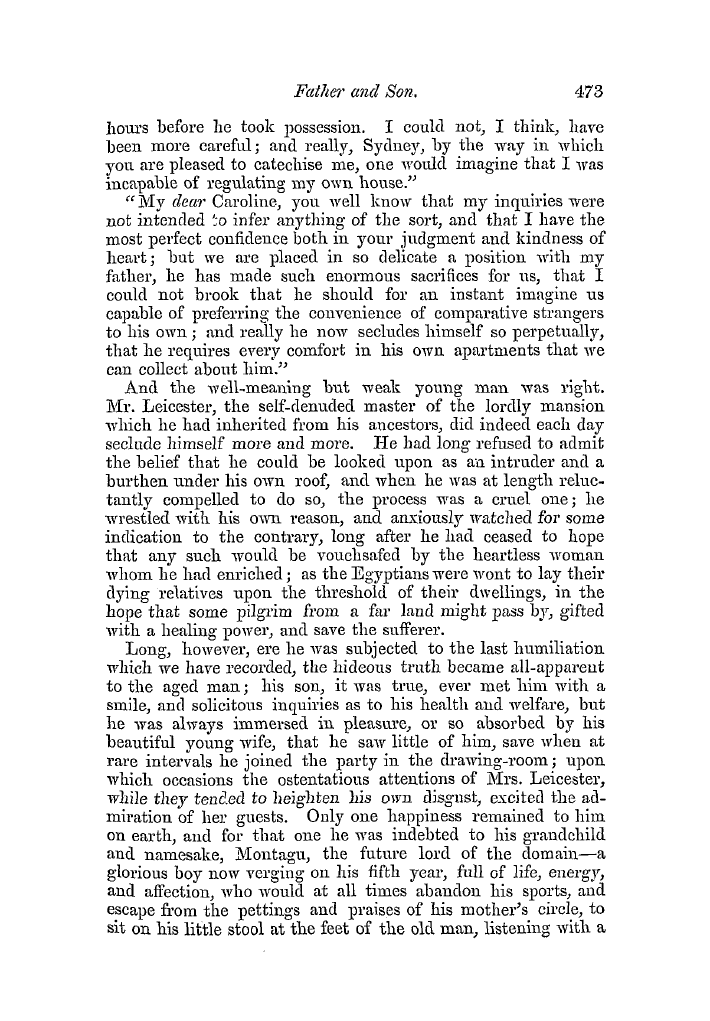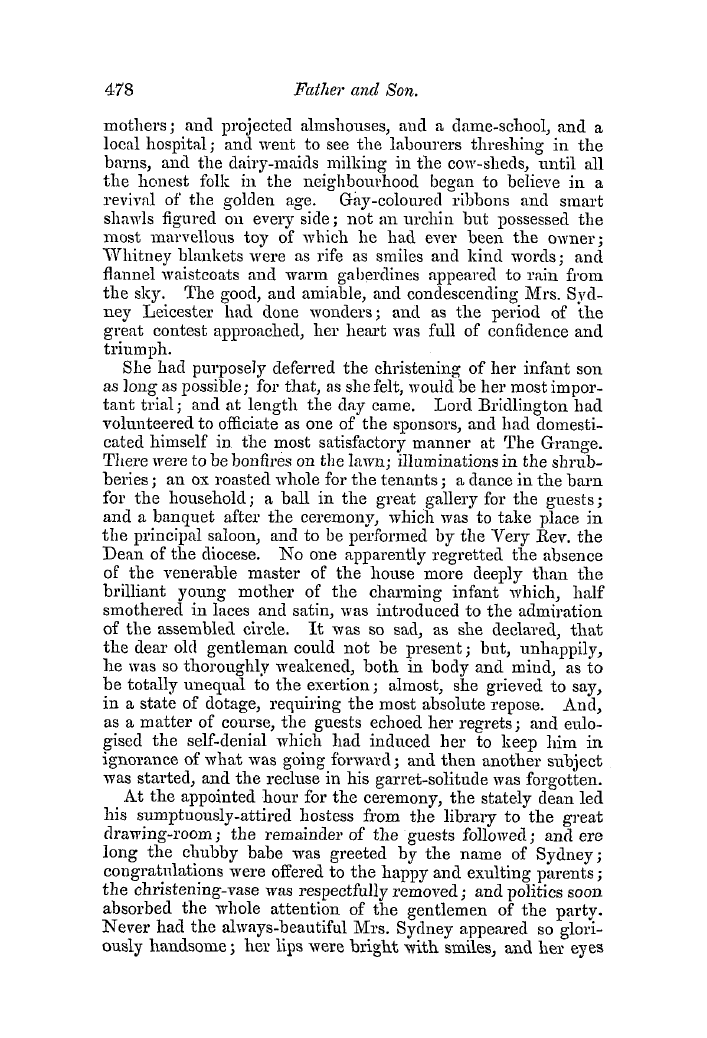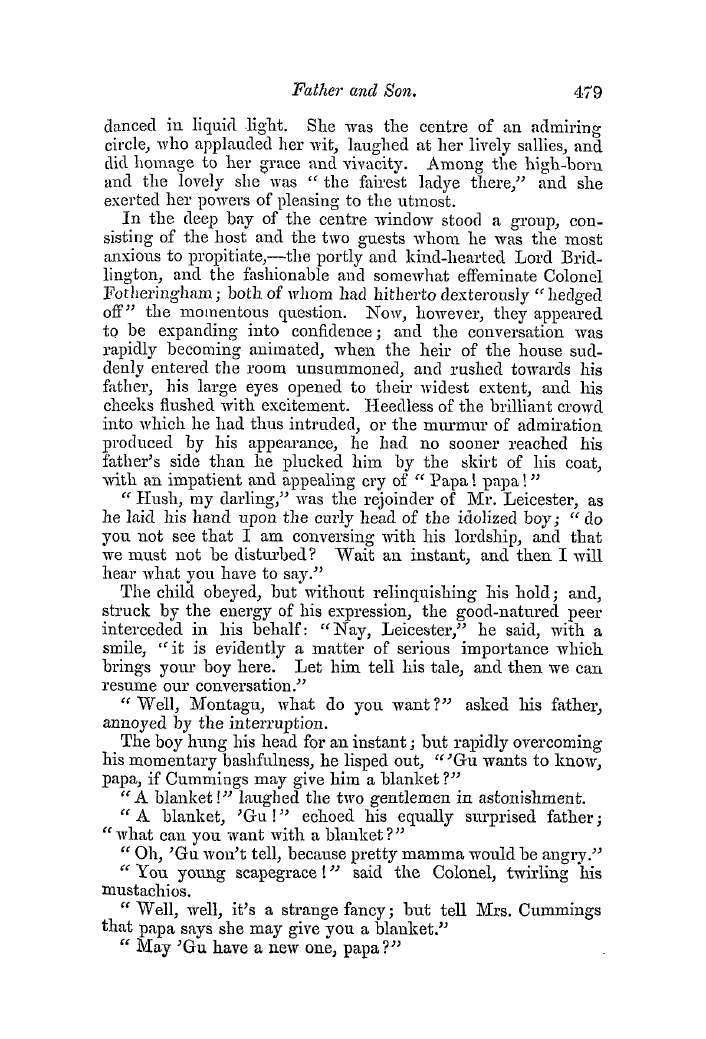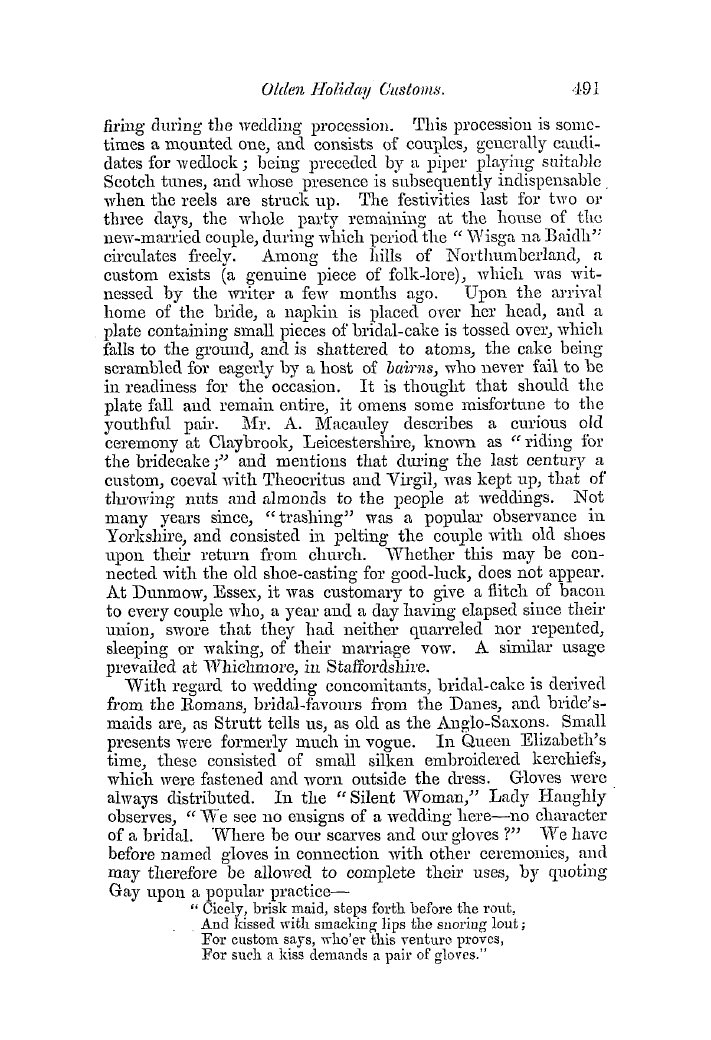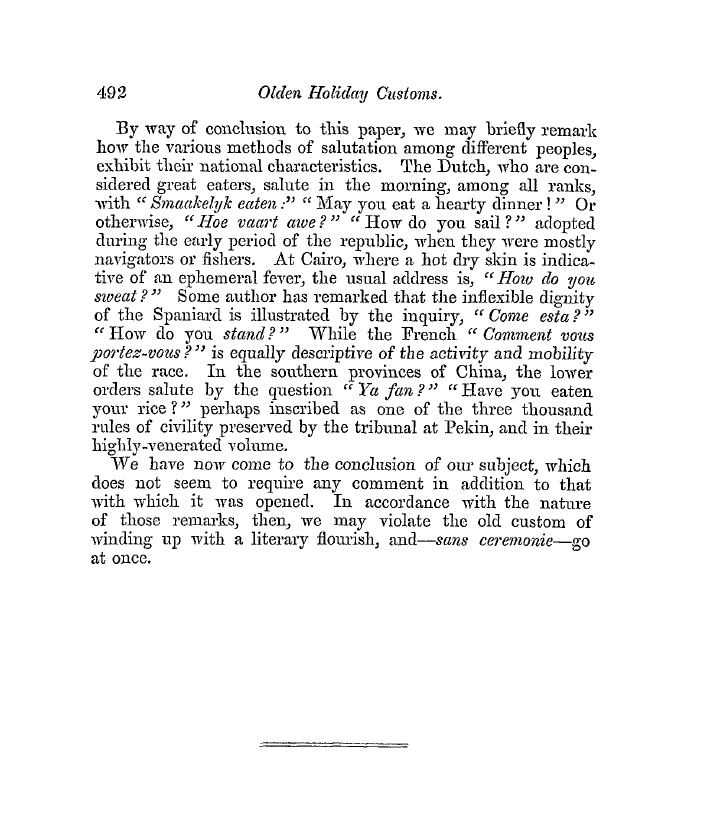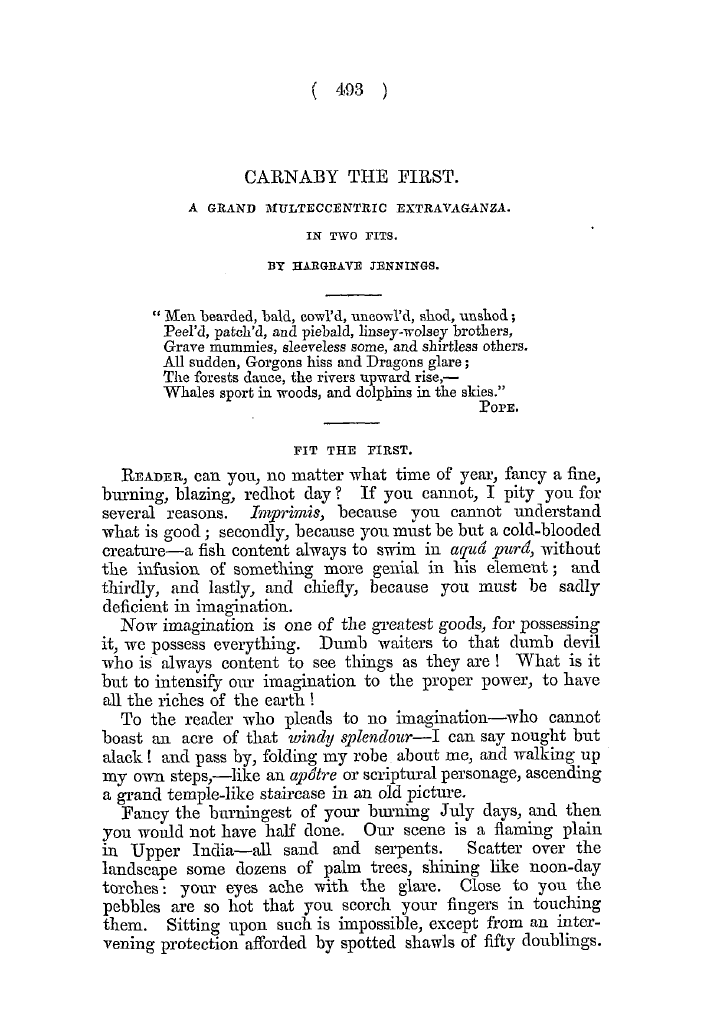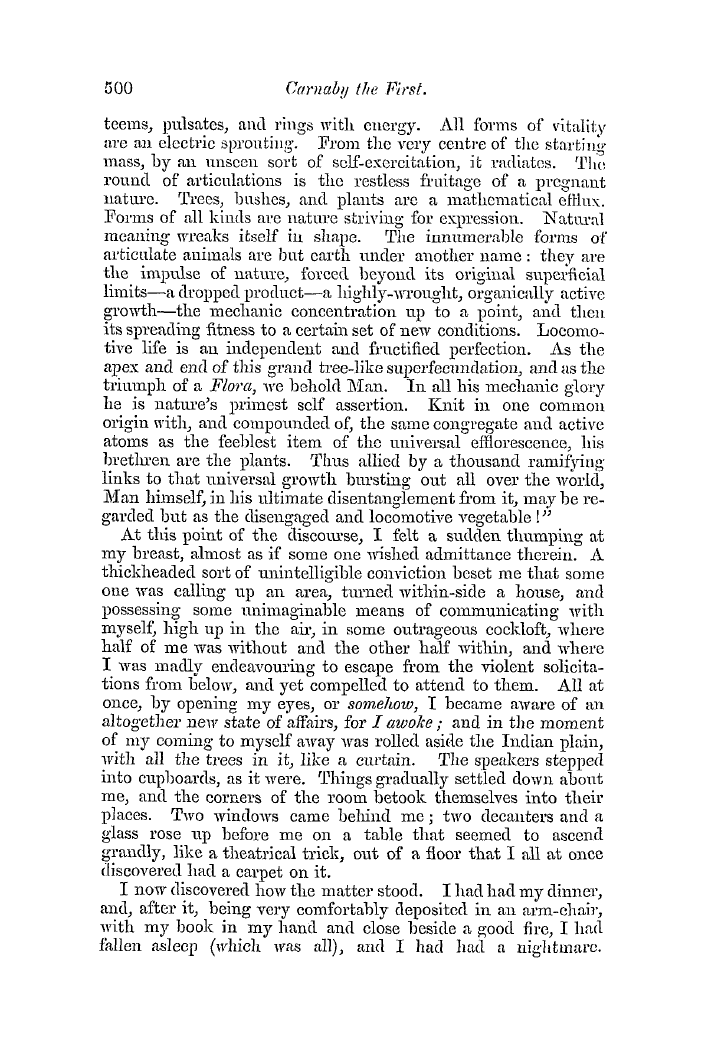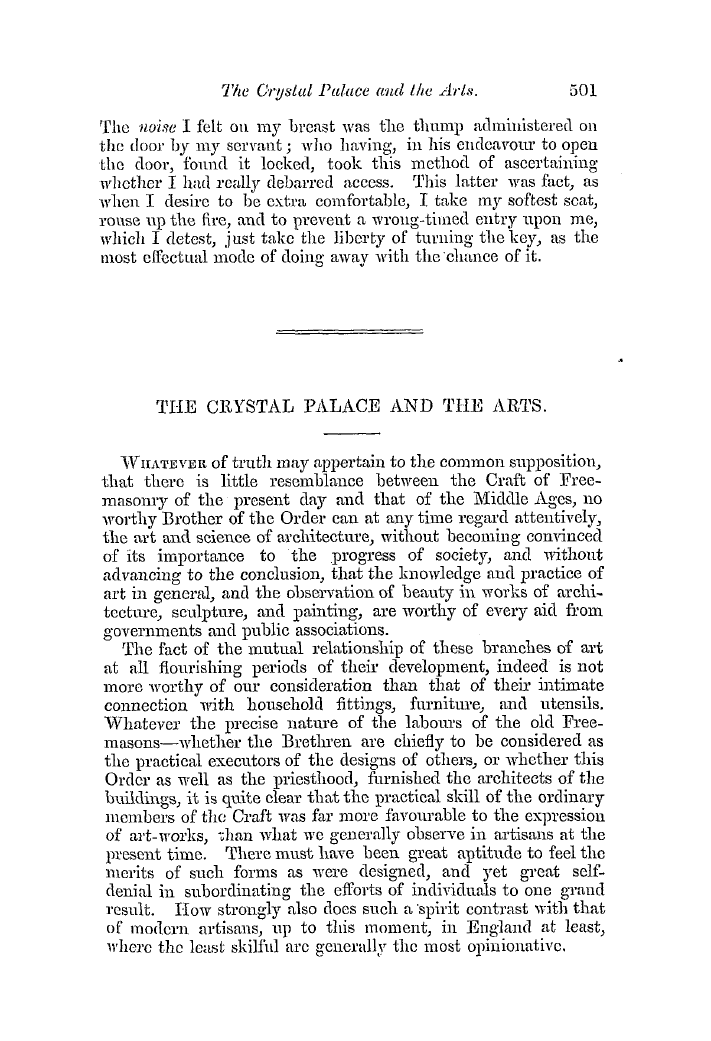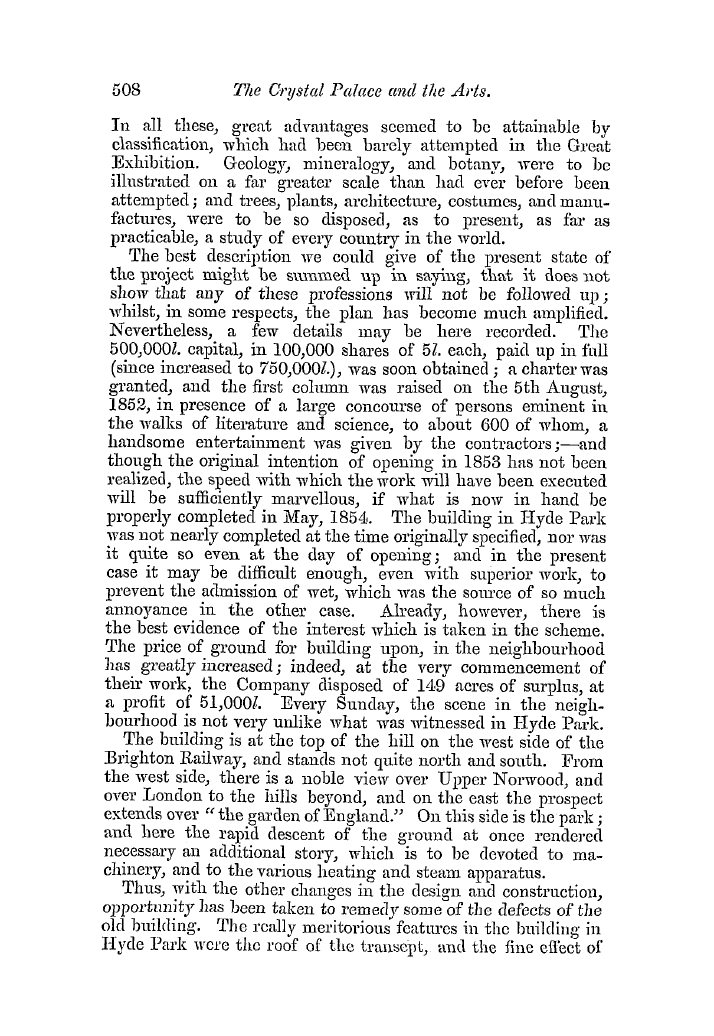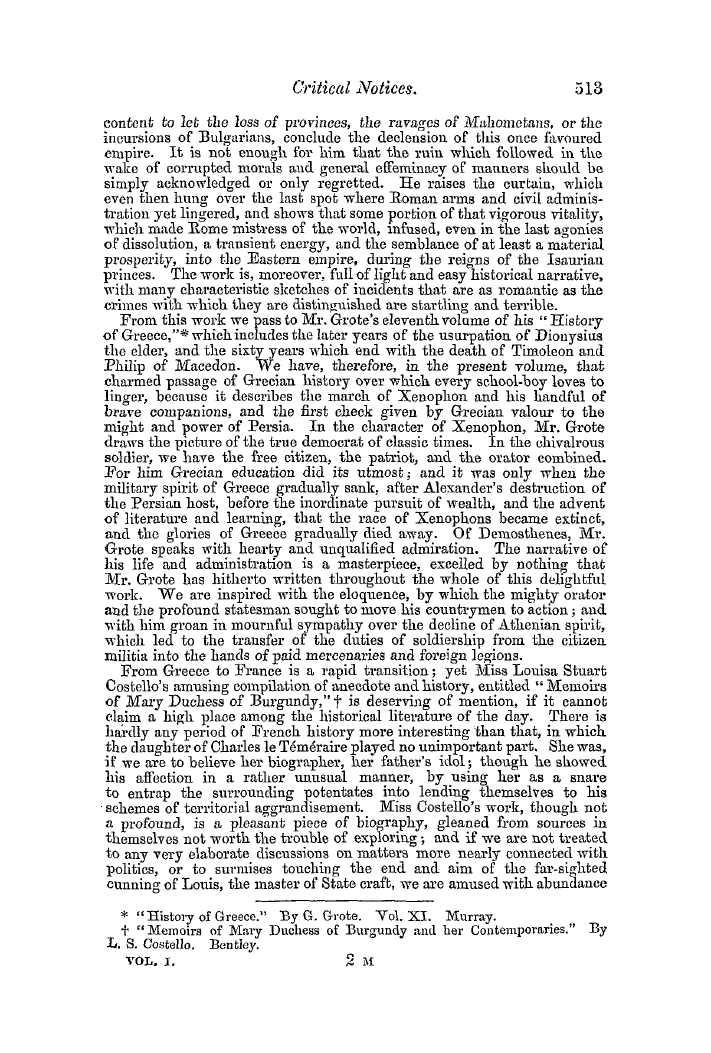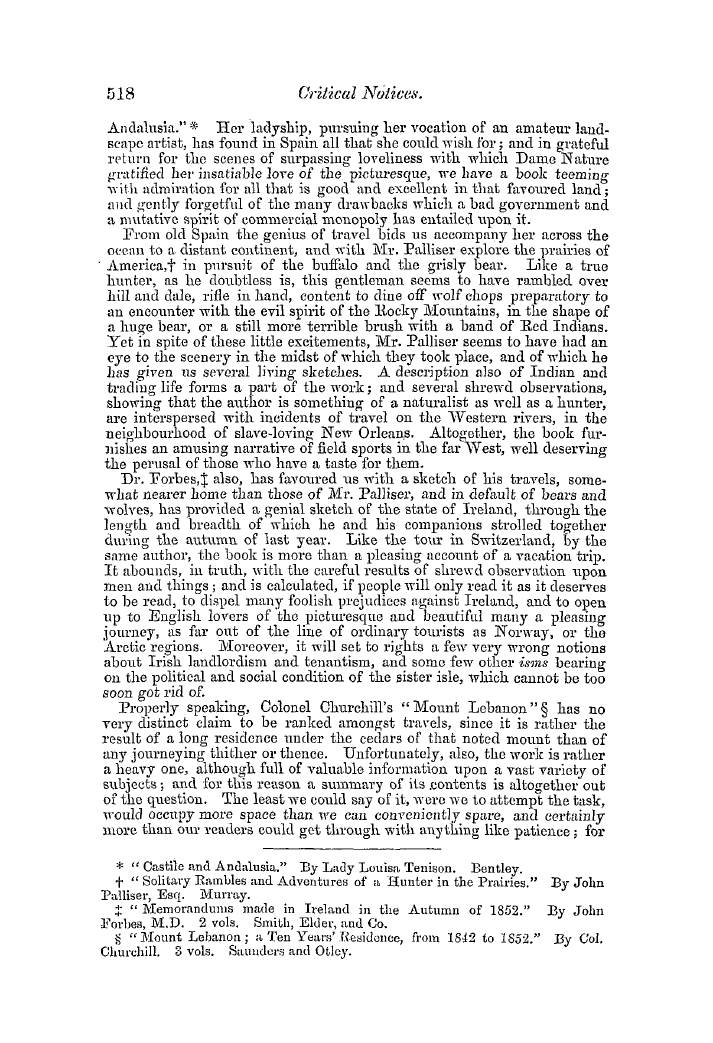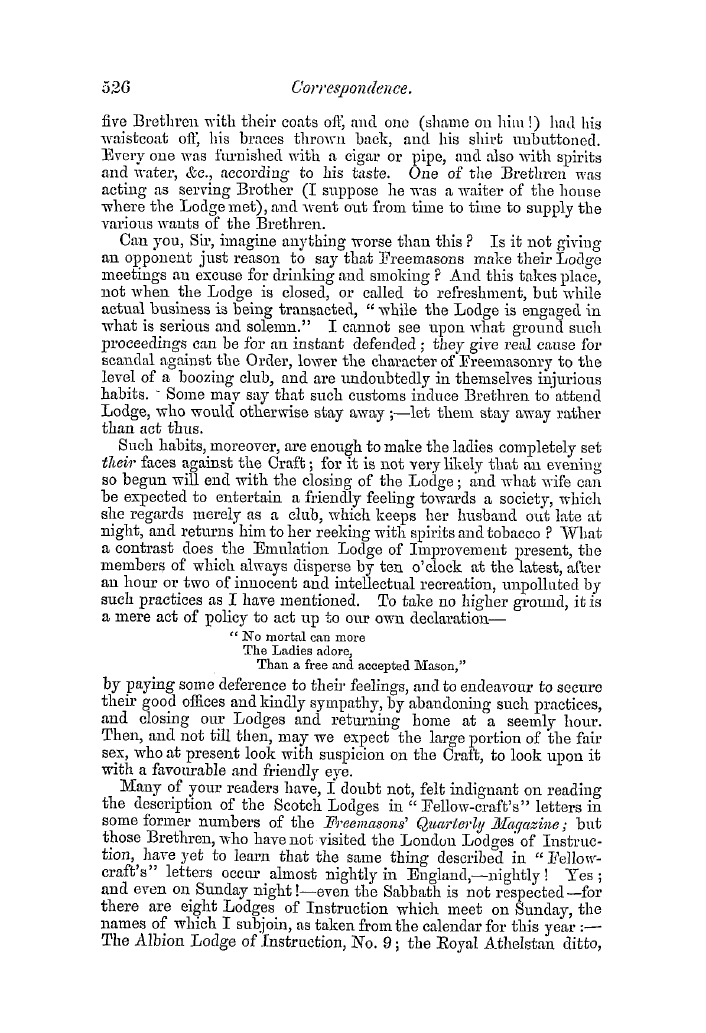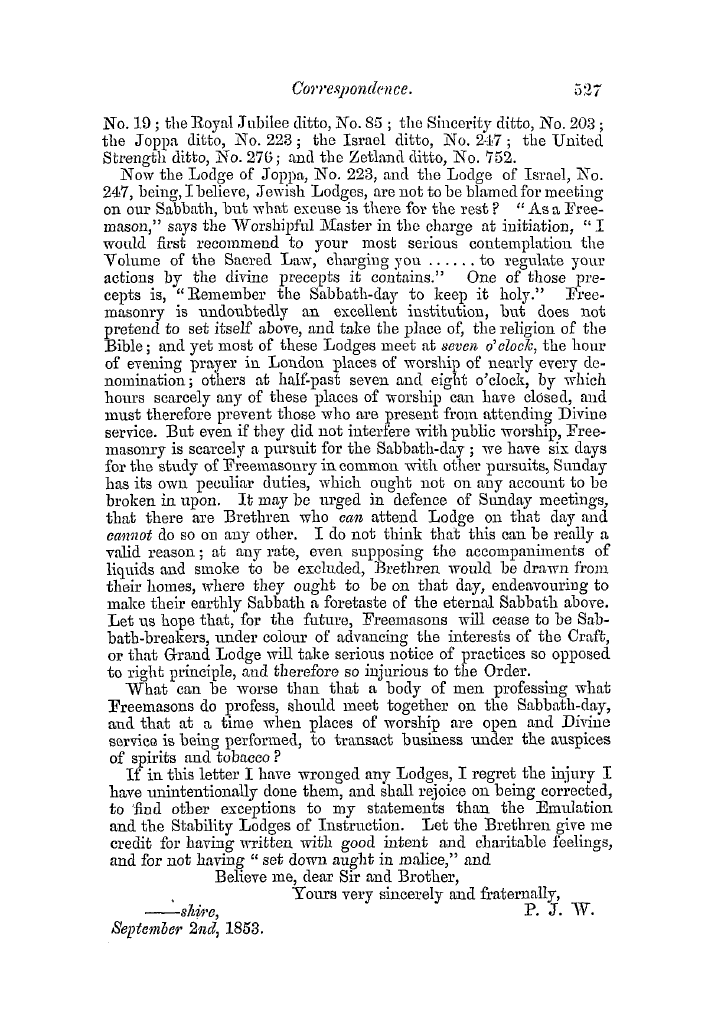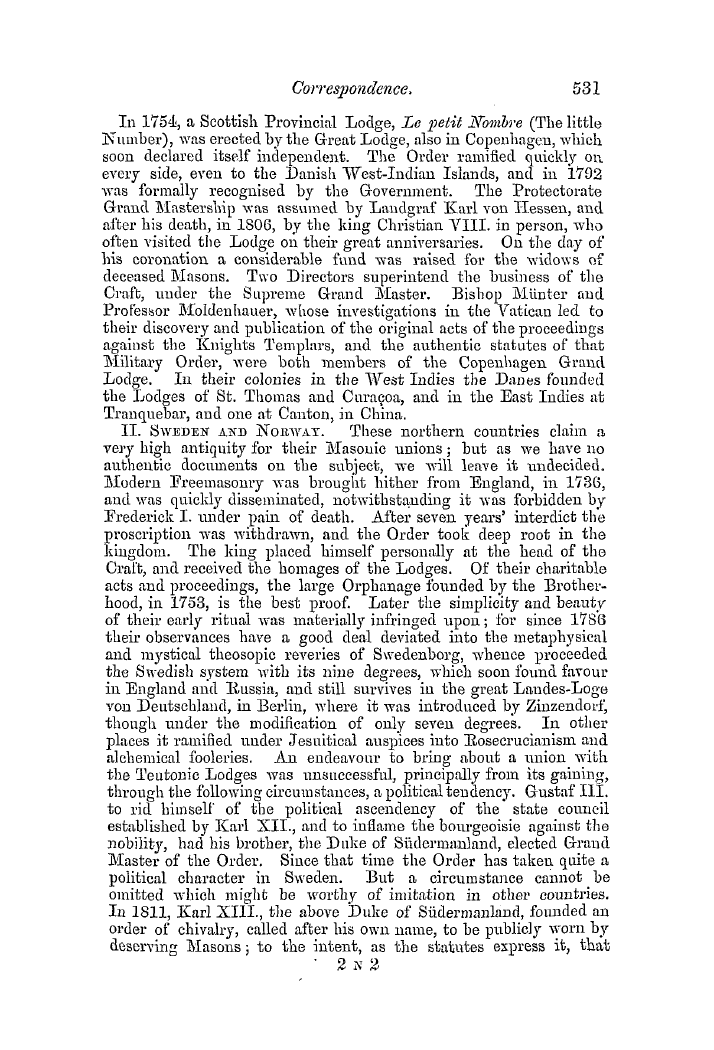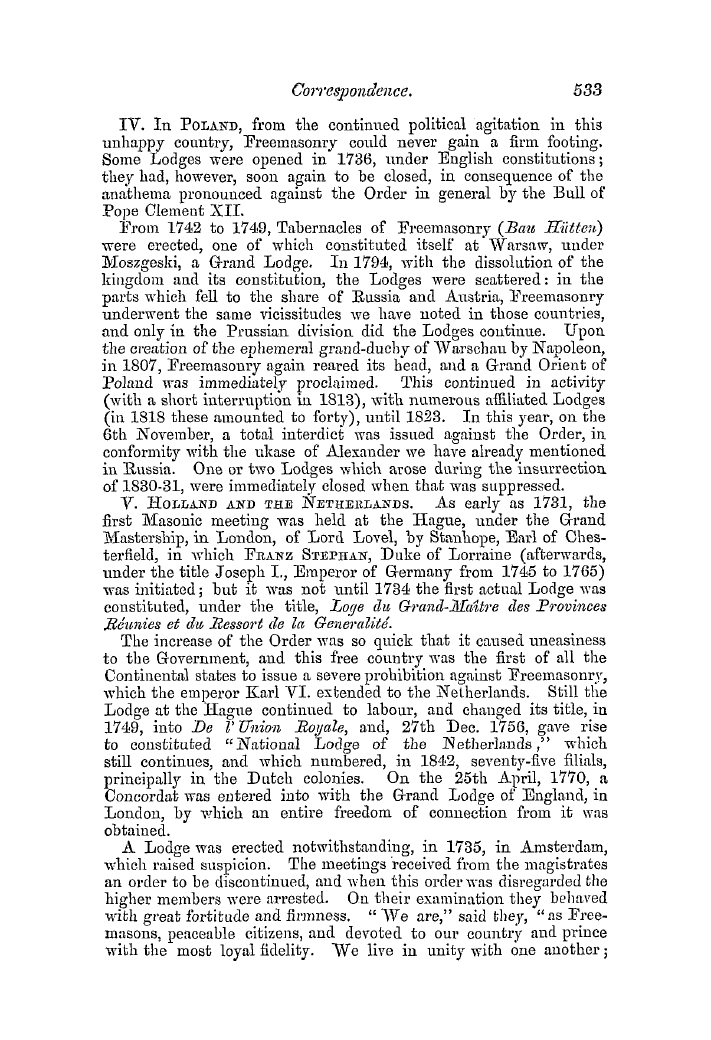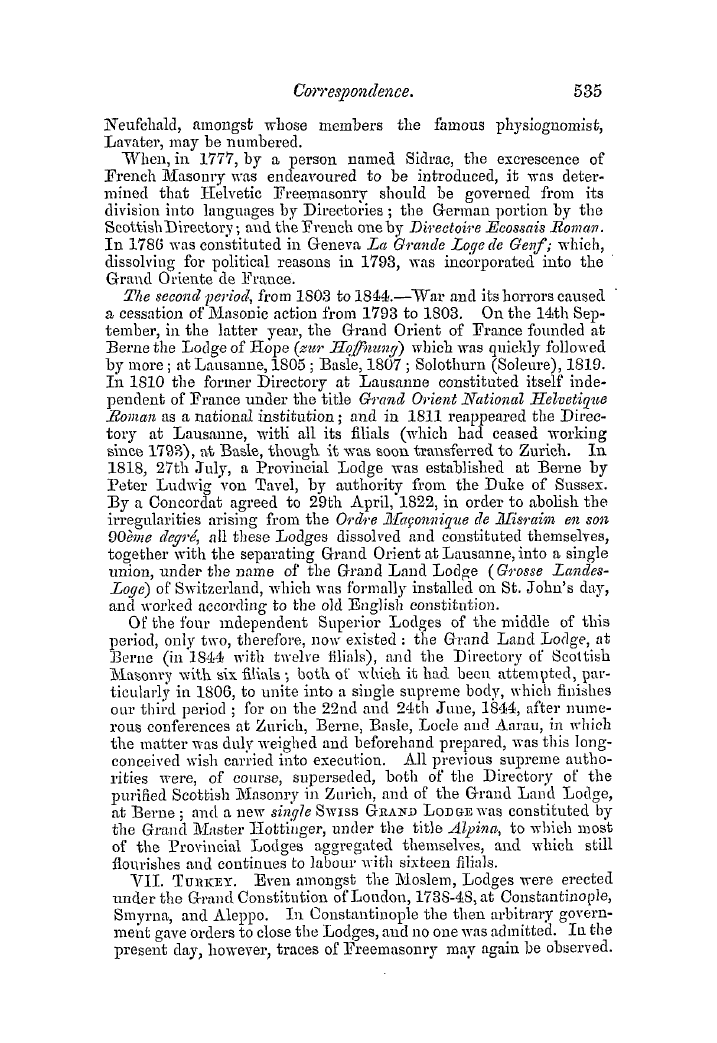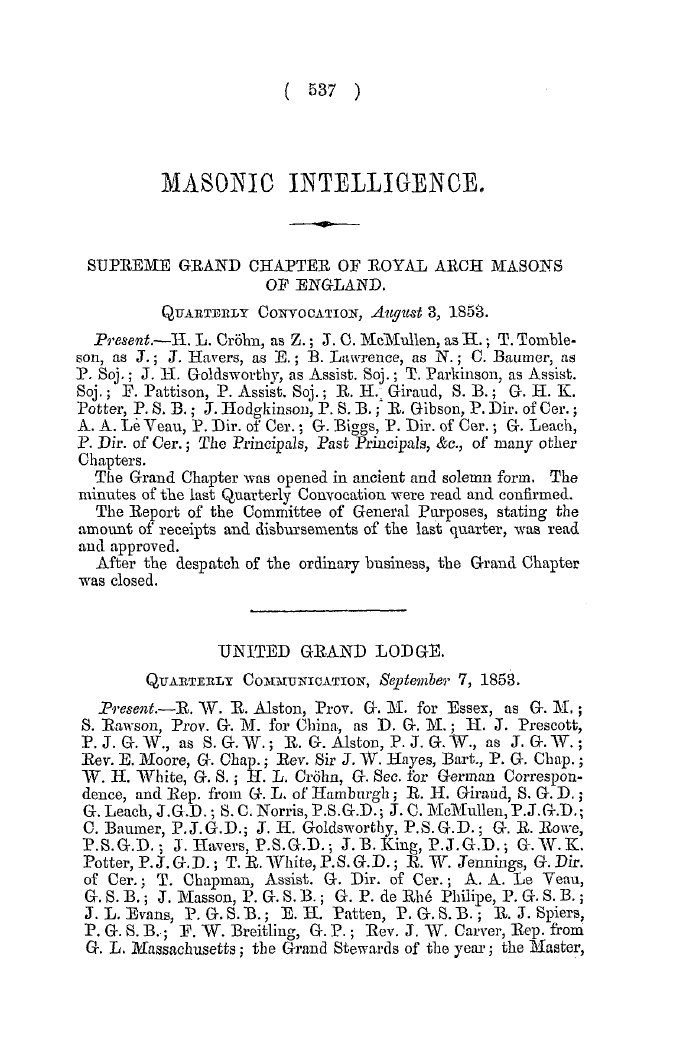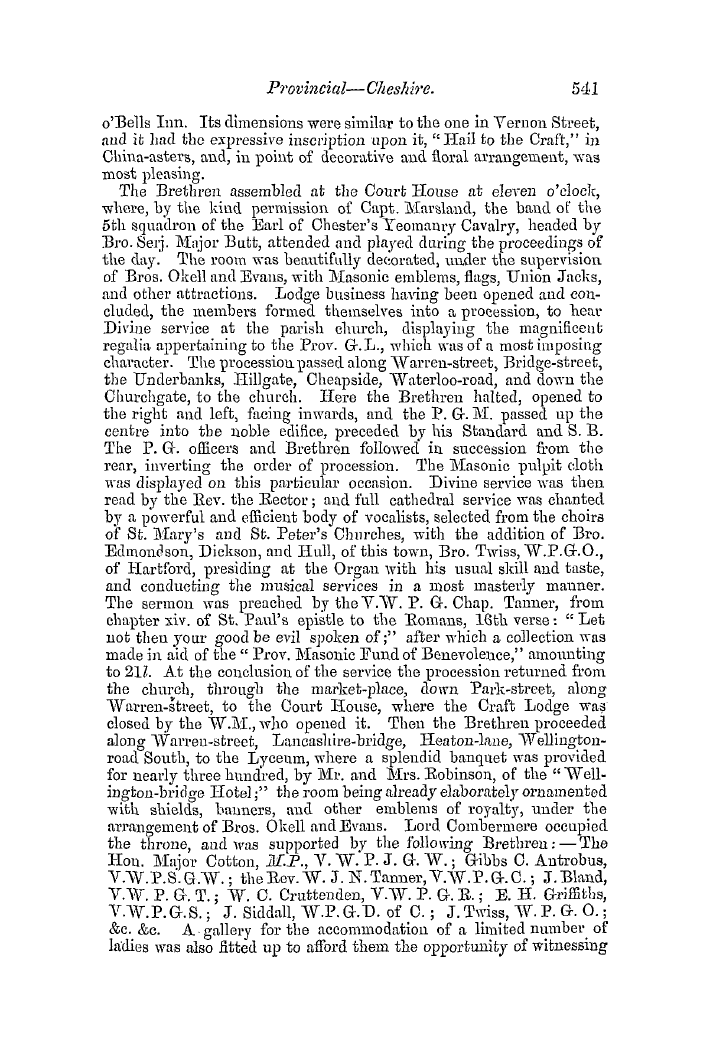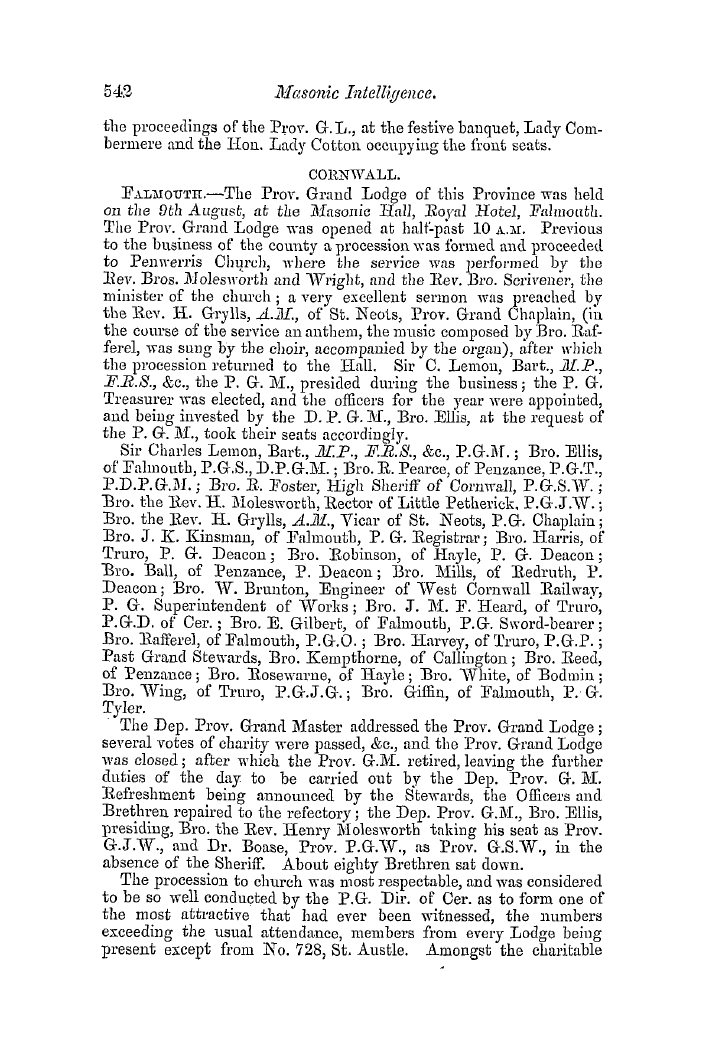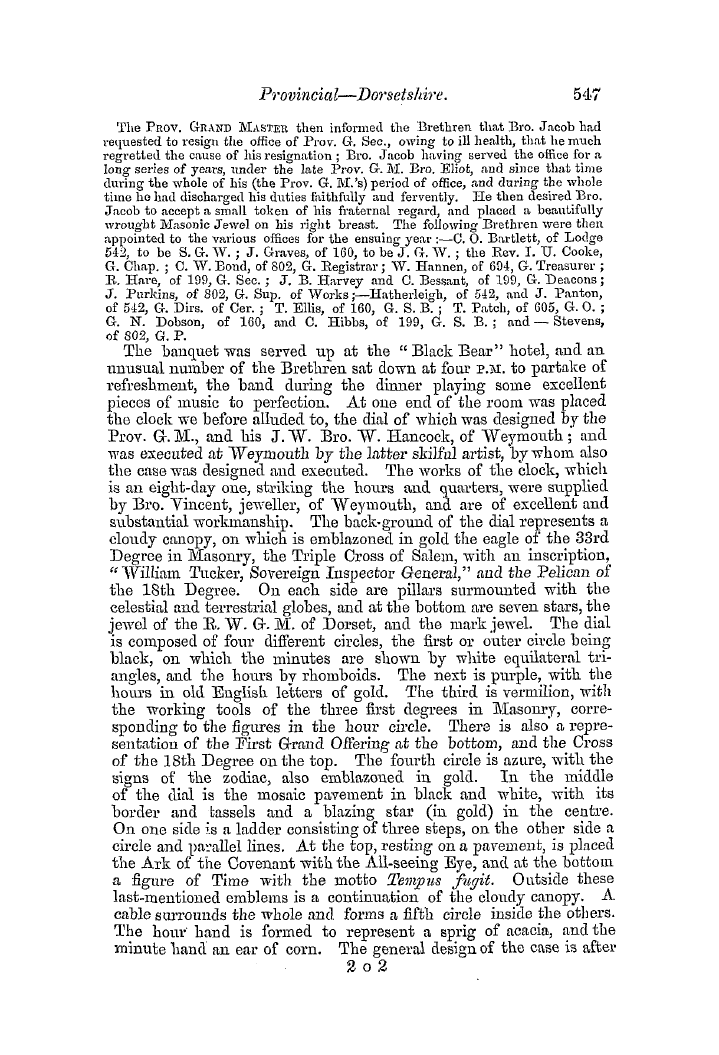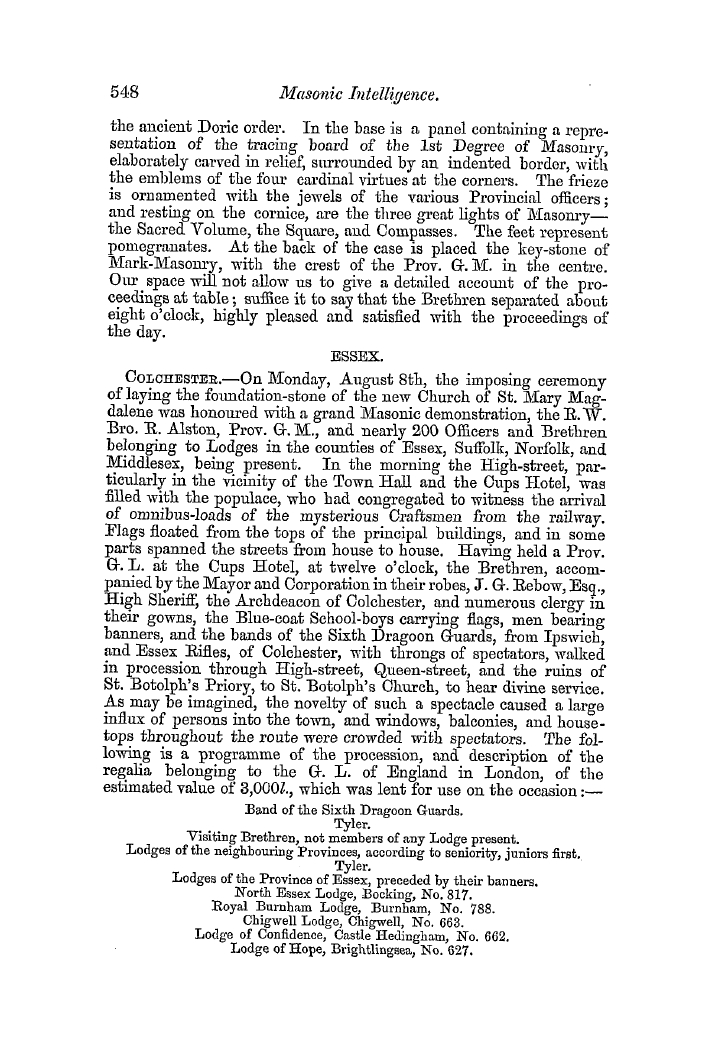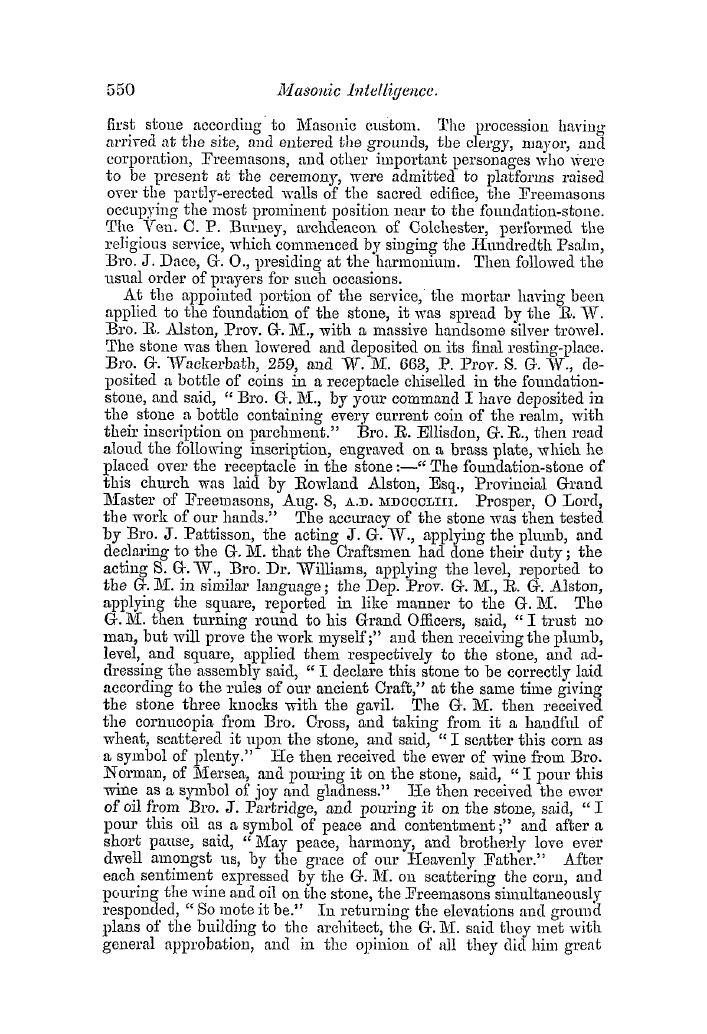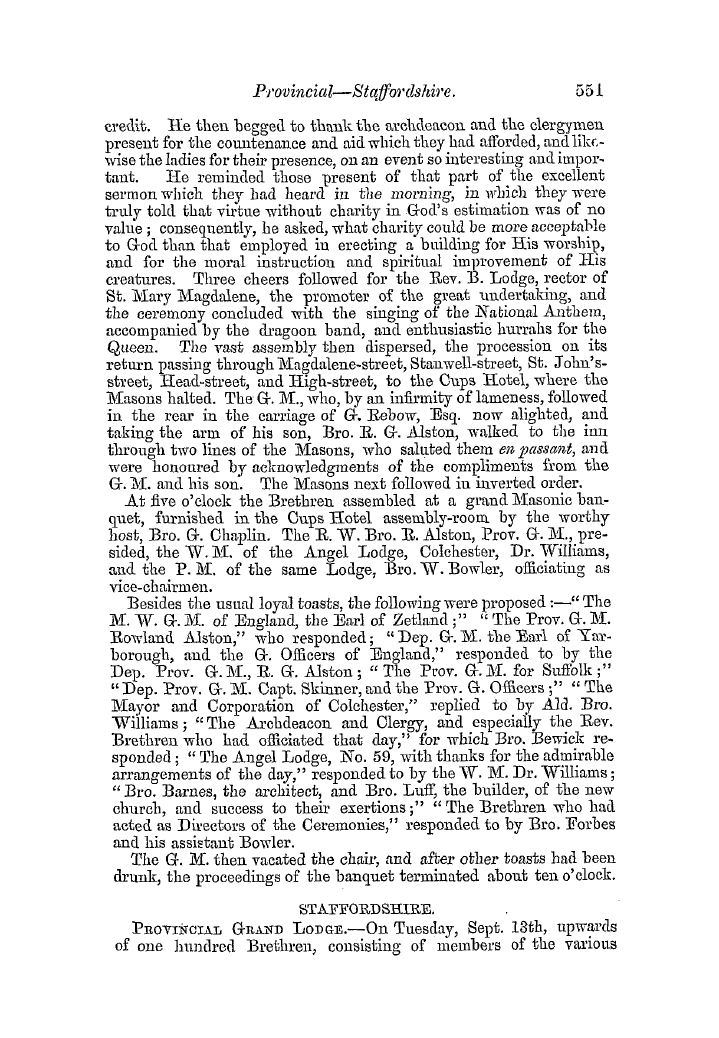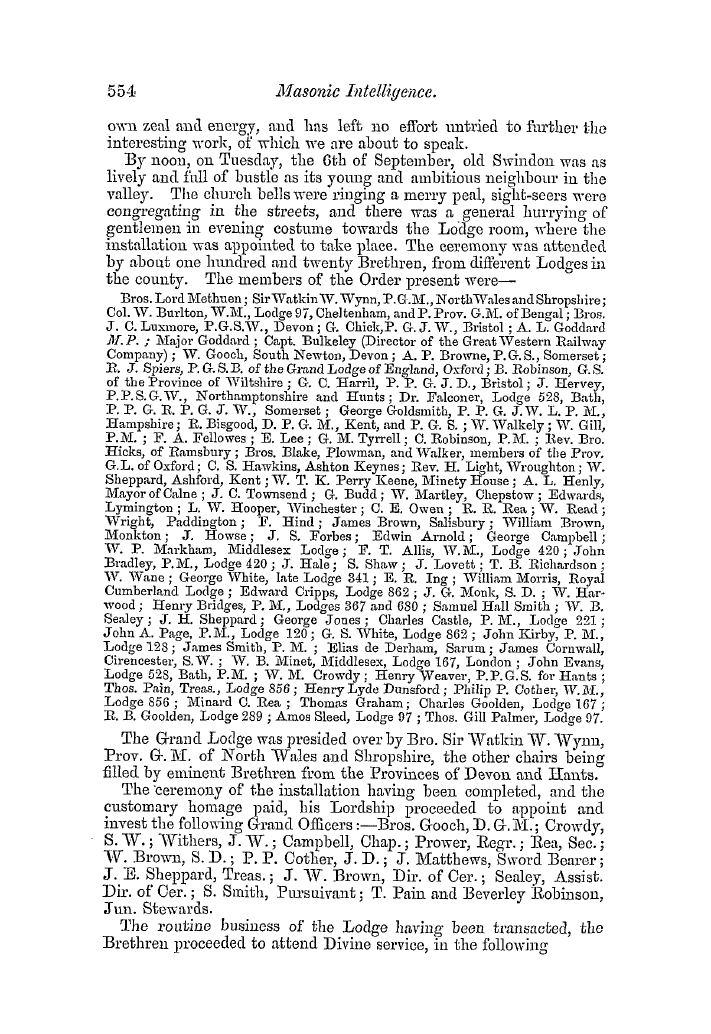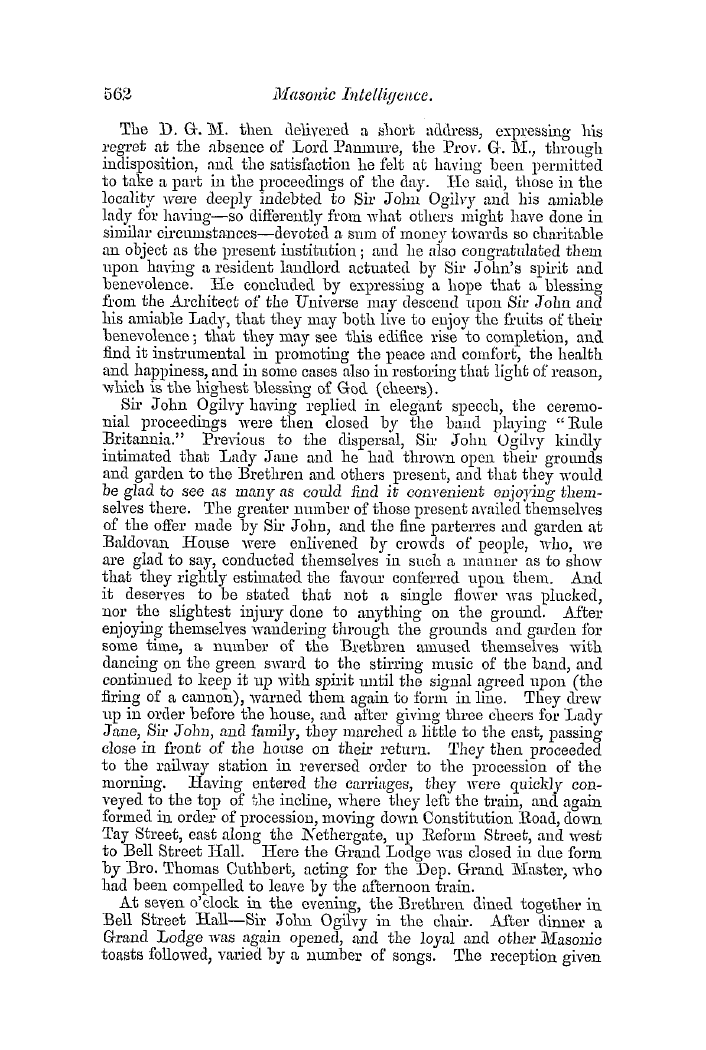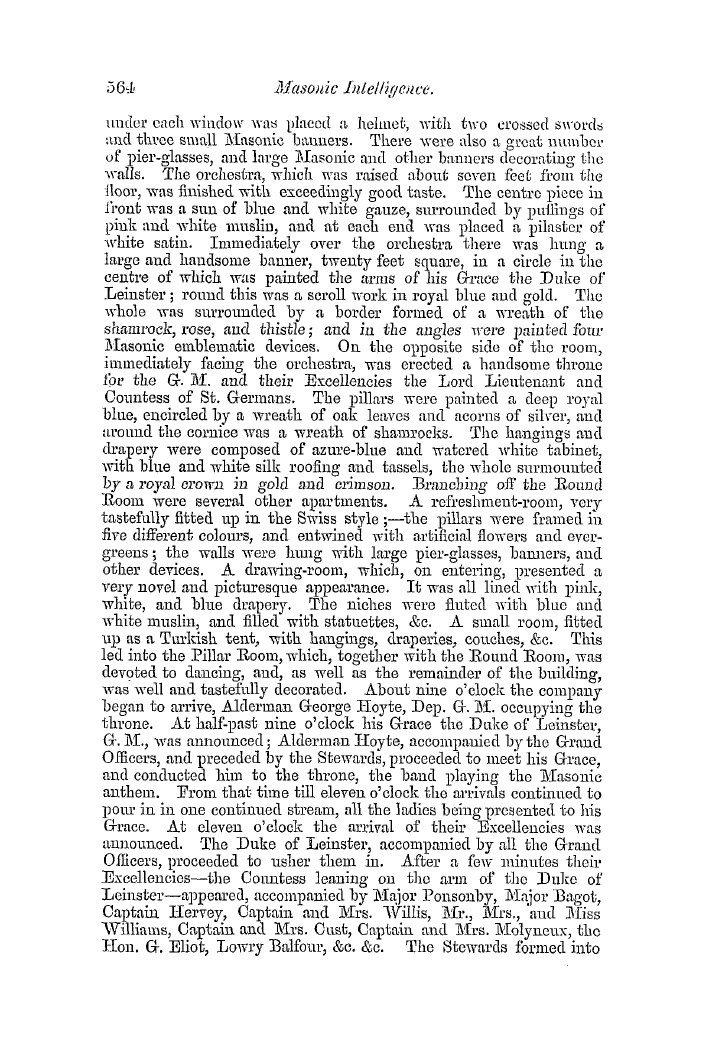-
Articles/Ads
Article THE CRYSTAL PALACE AND THE ARTS ← Page 2 of 11 →
Note: This text has been automatically extracted via Optical Character Recognition (OCR) software.
The Crystal Palace And The Arts
But it cannot be doubted , that the marvellous variety and the beauty of ornamental details in the mediseval cathedrals and churches , proceeded from a class AVIIO were artist-designers as well as art-workmen . That , however , to which we would just noAv more especially invite attention , is to the evidences of the
same art in design , ancl skill in execution , Avhich characterized the especially structural features of the building , as pervading every part of the fittings , vestments , plate , and the church furniture generally . The same unity has been observed in all important periods of art-history , not simply in the accessories of religious ceremonial , but down to common accompaniments of
daily life . It is by the forms ancl ornamentation of such objects that the mind in individuals receives its particular impress . The education of the child commences from its birth : images depicted on the retina help to animate the thinking powers , ancl begin to form the character of the maneA en long before the power of
, speech is attained . Thus , not only as the means of that innocent relaxation which is so essential to the very activity of the intellectual powers , not merely because the relaxation which art affords is itself of an elevating kind , not because most assuredly art has its allotted " mission" in the progress of society , is it
important as an object of national solicitude in every wellordered state . The advantages attendant upon the existence of works of art indeed are of seA eral kinds . To reach to the production of such works , the power of correct delineation is required ; and this is not simply a mechanical aid towards design , or to the reproduction of a beautiful work to a wider circle of observers ,
but is itself valuable to one possessing it , —because the exercise of it compels observation , and so leads to the knowledge of form , colour , and structure , as characteristics of objects . The study of "IIOAV to observe" is , in short , Avithout one of its most important requisites , if Avhat is called " the education of the eye " be wanting . No Avords can convey a conception of external
characteristics at all comparable to the result from one glance at the object itself : if that cannot be obtained , language Avill still fail before a well-executed model ; if the last be Avanting , description will not supply what could be learned from faithful drawings . These points might be obvious enough , yet they have long beenin effectignored in education . The new Department
, , of Practical Art , hoAvever , is , Ave believe , thoroughly alive to the importance of draAving as a part of general education , and the several educational societies have lately clone much towards a more rational system of instruction , in Avhich teaching by objects and by pictures receives an amount of attention which
Note: This text has been automatically extracted via Optical Character Recognition (OCR) software.
The Crystal Palace And The Arts
But it cannot be doubted , that the marvellous variety and the beauty of ornamental details in the mediseval cathedrals and churches , proceeded from a class AVIIO were artist-designers as well as art-workmen . That , however , to which we would just noAv more especially invite attention , is to the evidences of the
same art in design , ancl skill in execution , Avhich characterized the especially structural features of the building , as pervading every part of the fittings , vestments , plate , and the church furniture generally . The same unity has been observed in all important periods of art-history , not simply in the accessories of religious ceremonial , but down to common accompaniments of
daily life . It is by the forms ancl ornamentation of such objects that the mind in individuals receives its particular impress . The education of the child commences from its birth : images depicted on the retina help to animate the thinking powers , ancl begin to form the character of the maneA en long before the power of
, speech is attained . Thus , not only as the means of that innocent relaxation which is so essential to the very activity of the intellectual powers , not merely because the relaxation which art affords is itself of an elevating kind , not because most assuredly art has its allotted " mission" in the progress of society , is it
important as an object of national solicitude in every wellordered state . The advantages attendant upon the existence of works of art indeed are of seA eral kinds . To reach to the production of such works , the power of correct delineation is required ; and this is not simply a mechanical aid towards design , or to the reproduction of a beautiful work to a wider circle of observers ,
but is itself valuable to one possessing it , —because the exercise of it compels observation , and so leads to the knowledge of form , colour , and structure , as characteristics of objects . The study of "IIOAV to observe" is , in short , Avithout one of its most important requisites , if Avhat is called " the education of the eye " be wanting . No Avords can convey a conception of external
characteristics at all comparable to the result from one glance at the object itself : if that cannot be obtained , language Avill still fail before a well-executed model ; if the last be Avanting , description will not supply what could be learned from faithful drawings . These points might be obvious enough , yet they have long beenin effectignored in education . The new Department
, , of Practical Art , hoAvever , is , Ave believe , thoroughly alive to the importance of draAving as a part of general education , and the several educational societies have lately clone much towards a more rational system of instruction , in Avhich teaching by objects and by pictures receives an amount of attention which































































